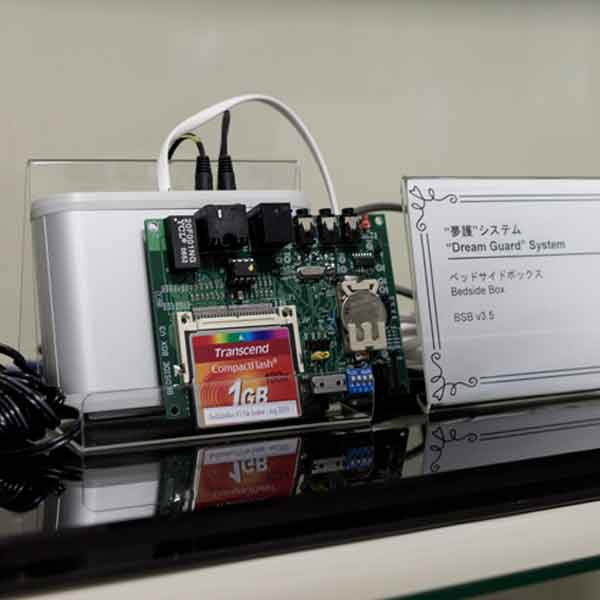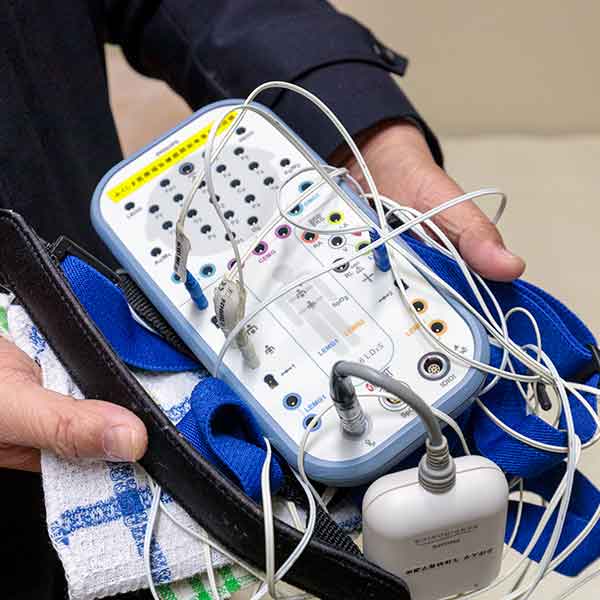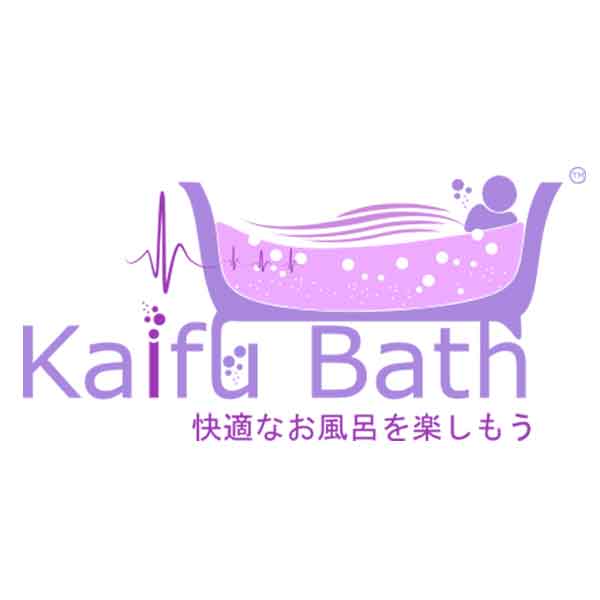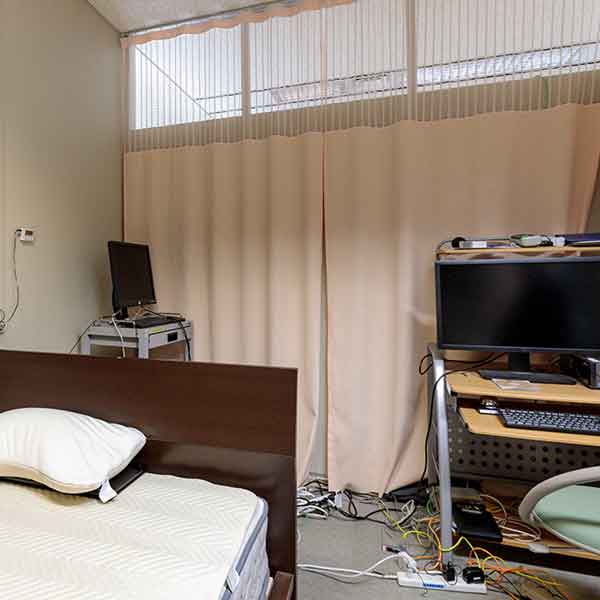BIOMEDICAL ENGINEERING
Using ICT Knowledge to Contribute to Healthcare
The field of medical engineering, as represented by MRI, has a high affinity with the ICT knowledge that the University of Aizu boasts. Needs for medicine change according to social demands. The University of Aizu is constantly collaborating with medical institutions to promote research that meets the needs of the times. At the same time, it also focuses on research that leads to the early detection of diseases. If early detection and early treatment of diseases can be achieved, more treatment options will be available, which will lead to a reduction in total medical costs. It would also make a significant contribution to Japan's finances.

Responding to the needs of the times through collaboration with medical institutions

Medical engineering is a field that applies knowledge and technology from engineering and informatics to medical treatment, a field that spread from the United States in the 1970s and has produced some of the world's most advanced medical devices, including endoscopes and ultrasound in Japan. As in the case of X-ray and MRI research, which were awarded the Nobel Prize in the 1970s and 1970s, respectively, the field is one in which one can even aim for the Nobel Prize if one's inventions can become a Merkmal. However, trends in medicine change with the times. It is necessary to make modifications in response to these changes. The antigen test for new coronas was unthinkable two or three years ago. Research needs change according to the demands of society.
The major difference between university research and manufacturer development is that it is socially neutral. Therefore, it is easier to collaborate with hospitals and other institutions, and personal information that should be handled with caution can be obtained in the form of joint research, allowing for more in-depth studies.
For early detection and treatment of disease

The medical engineering department at the University of Aizu has developed a variety of medical devices. A recent example is the development of a bathroom electrocardiograph. Japanese people have the habit of taking a bath every day. However, accidents in the bathroom, such as heat shock, are not uncommon. In the coming years, when more and more elderly people will be living alone, bathroom safety should be ensured. This system measures electrocardiograms just by soaking in the bathtub and sounds an alarm if an abnormality occurs. The practicality of this system will be further enhanced by linking it with various devices.
Early detection of arrhythmia and ischemic heart disease would allow for early treatment. Medical costs can be reduced and a wider range of treatment options become available.
Reducing Healthcare Costs While Improving Patient Quality of Life

Japan's healthcare expenditures in 2020 are 43 trillion yen. In contrast, total GDP is 5027 trillion yen, and medical expenses account for approximately 8% of GDP. There is no doubt that the population requiring medical care will increase even more in the future. The increase in healthcare costs is already a major financial problem. We want to solve this problem through the power of medicine and engineering. Of course, the quality of life of patients is important. How can we then control the rise in medical costs? We feel that this is one of our missions.
Japan has a well-developed public health care system. Therefore, there is an aspect of laxity in health awareness. In the U.S., for example, the only medical insurance is accident and sickness insurance. People need to manage their own health and make efforts to maintain their health on a daily basis. The situation in Japan is different from that in the US. However, if, for example, an IOT-based health monitoring system is available, early detection and treatment of illnesses will become possible. This should help curb overall health care costs.


